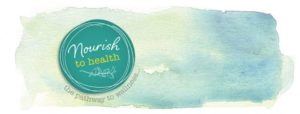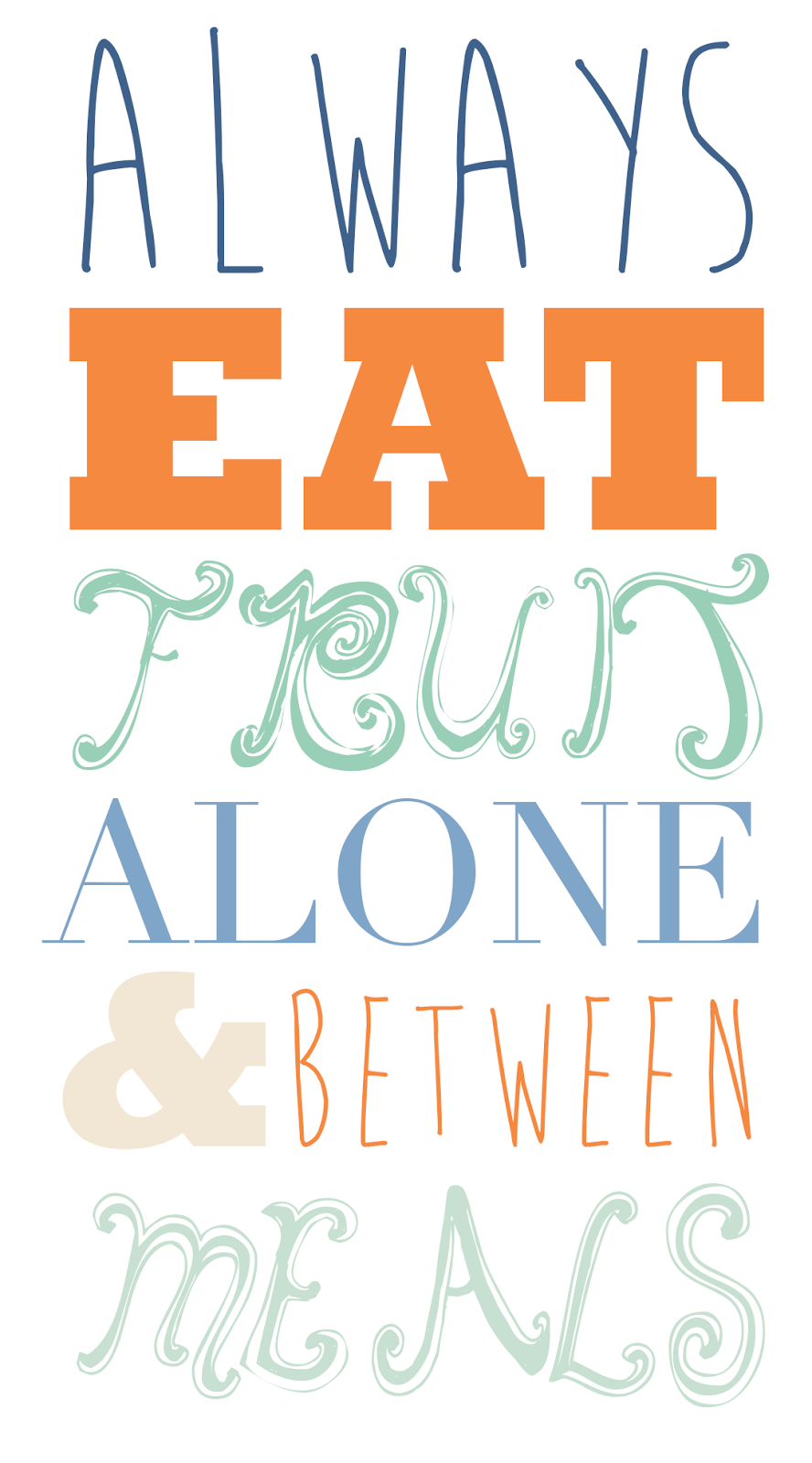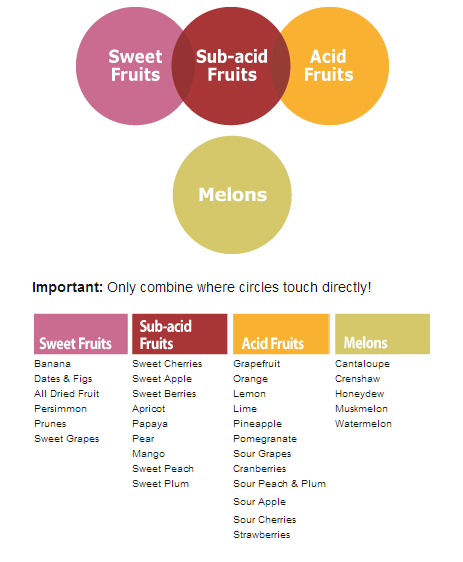Nuts and seeds and the truth about digesting them . . .
Nuts nuts nuts!
Are they a health food or stopping your gut from healing? How many is good and in what combination is best?
People who have had inflammatory bowel disease or leaky gut or suffer with a gut-brain connections such as (depression, autism) generally do not digest fats well because they lack the enzymes needed to break them down, I was no exception and the low carb high fat diet nearly killed me! Then moving away to a gourmet raw vegan diet. . . I still overloaded on raw desserts and nut cheeses and pates as I was living a gourmet raw diet trying to recreate cooked dishes that were so high in fats and hard to digest foods and fancy gourmet dinners.

This is what I’ve learned and why I now eat a simple diet with simple combinations and a small amount of seeds germinated here and there.
High- protein, fatty and oily foods must be minimised, especially during the first year of gut recovery or you will plato and cause long term damage. Learning to eat within your digestive limitations is so important for healing no matter what your mind wants and your eyes see. Fat intake must be increased gradually only in accordance with what you can properly digest good overt healthy fats are essential in the diet but must be stopped or minimised at first to get the healing. Overeating on overt healthy fats like nuts, seeds, coconuts and avocados will, typically, stress the digestive system and create a toxic condition indicated by gas, foul, putrid bowel odours, stomach acidity, constipation, fatigue, etc., which can trigger an inflammatory bowel disease flare up. None mind bad fats, them you just need to steer well clear off.
• One to two ounces of nut or seed or nut butters eaten with one dinner (away from fruit) in a salad meal once per day, may be all the fat that anyone can digest effectively after healing inflammatory bowel disease. Or 1/4-1/2 of an avocado may be your digestive limit per day.
• Raw (ungerminated) nuts are difficult to digest; but, when eaten in small quantities (one ounce per meal, once per day, one to three times per week, depending on your digestive strength (I can not even cope with that much without getting sluggish and tired) and of course chewing them well with lettuce, celery or cucumbers, then they might digest ok and give healthful benefits. The masticating action (chewing) of our teeth is not capable of effectively breaking down hard nuts and seeds to particle sizes small enough to be completely digested by our stomach acids. We are not squirrels! Stomach acid can only act on the outer surface of the nuts particles; if acidic digestive enzymes are not able to act on the protein within the particles, the protein will pass through the system unused and without giving you its nutrients and will putrefy in the bowel causing bloating, gas and wind. Activating your nuts and seeds helps with this.
• Raw nuts and seed smoothies (made with water, citrus fruit (only) or vegetables in a blender) and raw nuts and seed butters -made in good blenders and or available in jars from health food stores, not mass supermarket brands. Are much easier to digest than unprocessed whole nut and seeds, and are, therefore, recommended to eat. Still, they are very rich in oily fat which can cause problems if eaten beyond your digestive capability and you know how fast a bag of nuts goes or a jar of nut butter. So go easy on them with small amounts in the right food combinations and always the freshest highest quality. Food combining and why is it essential for health!-chart. I would suggest having smoothies with fruits, greens and water with NO NUTS OR SEEDS ADDED.
• “Living” nuts and seeds, i.e., raw nuts such as almonds germinated/sprouted in water for 12 to 24 hours then sprouted in room temperature air, are more digestible than ungerminated (raw) nuts. The soaking and germination process hydrates and softens the hard fiber and reduces complex proteins into readily digestible amino acids. Germinated nut and seed blends (cheeses or patés) are perhaps easiest on the digestive system—an easy salad dressing is to blend one to two ounces of nuts or seeds with water, fresh-squeezed orange juice, a slice of orange or a tomato in a blender, then use this as a salad dressing or dip for vegetables.
• Experiment making nut and seed milks. Soak raw nuts or seeds in purified water for 2 to 24 hours, rinse well, blend at high speed with purified water in a blender, then strain and slowly drink the milk, mixing in your saliva. Chew chew chew even liquids!

Step by Step – Making Nut and Seed Milks.
• Avoid old rancid nuts and seeds that’s any that come from a supermarket or in packets, they can be 1-3 years old—these tend to feel soft, taste cheesy with no sweetness and appear darker in color than when they are fresh. You are not getting nutrition from these just toxins and more mucus being formed.
• Heated or roasted nuts and seeds are very toxic and must be avoided. Avoid roasted and salted nut and seed butters. Never cook with nuts!
• Peanut butter is not recommended because: 1. In raw or heated form, it is difficult to digest due to its high protein and starch content which we know doesn’t digest well; 2. In roasted form it is highly toxic; and 3. Peanuts are one of the most heavily pesticide-sprayed crops even in Australia.
• Organic, whole, raw peanuts can be eaten in moderation if they have been sprouted (soaked in water and allowed to germinate for several hours). However, these are subject to a toxic, yellow mold and must be carefully inspected and eaten with caution. Peanuts are actually a legumes and not recommend for gut healing as they are hard to digest.
If you are to eat nuts I would suggest choosing high omega 3 nuts like walnuts, pistachios, Macadamia, Brazil nuts which are great brain foods, over the higher omega 6 almond if you can. I do not suggest the raw nut desserts the are so hard to digest and are high in fats and rancid oils. Once you’ve done the healing work add them in as an occasional treat or different texture!





 Back to FRUIT!
Back to FRUIT!










